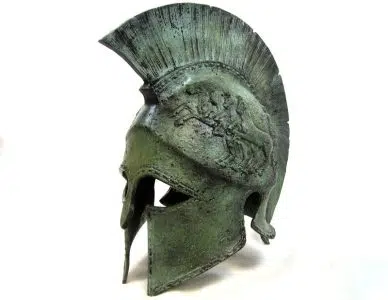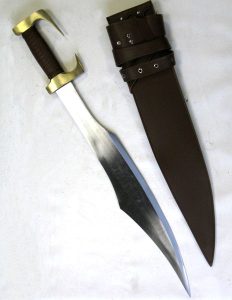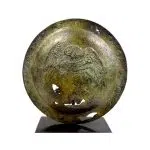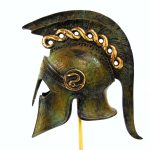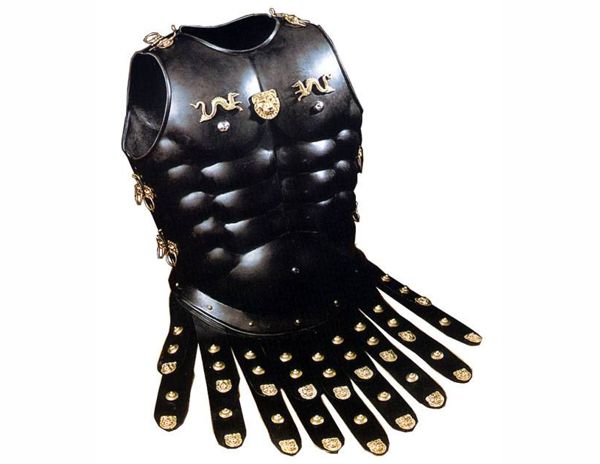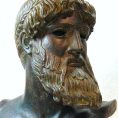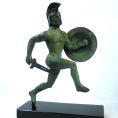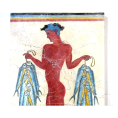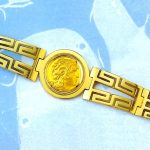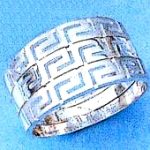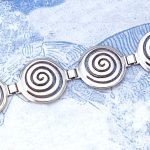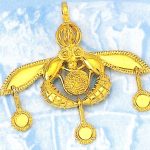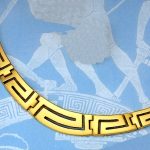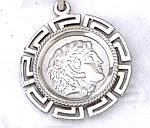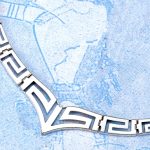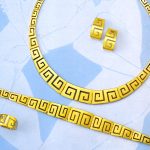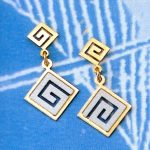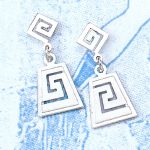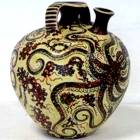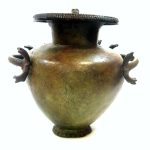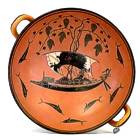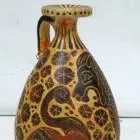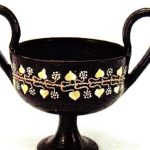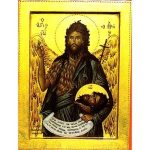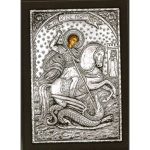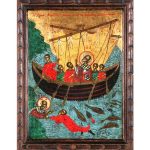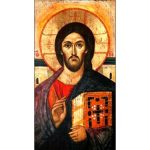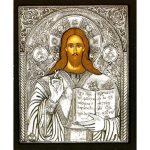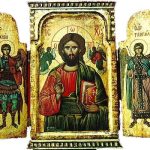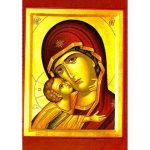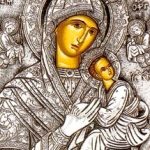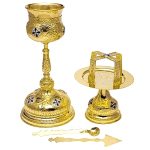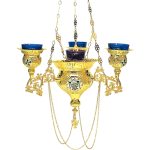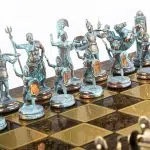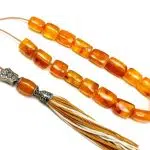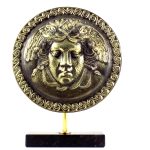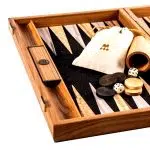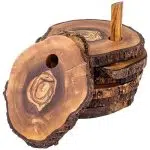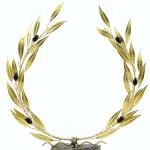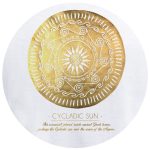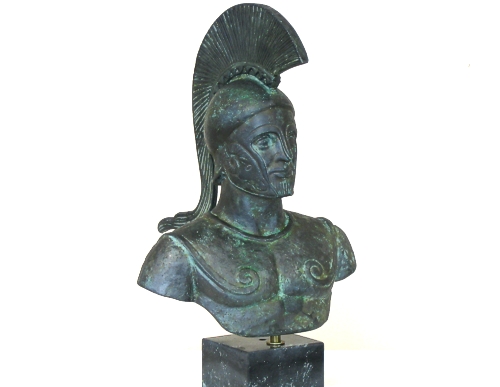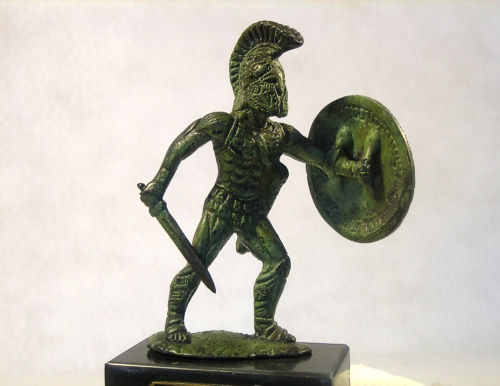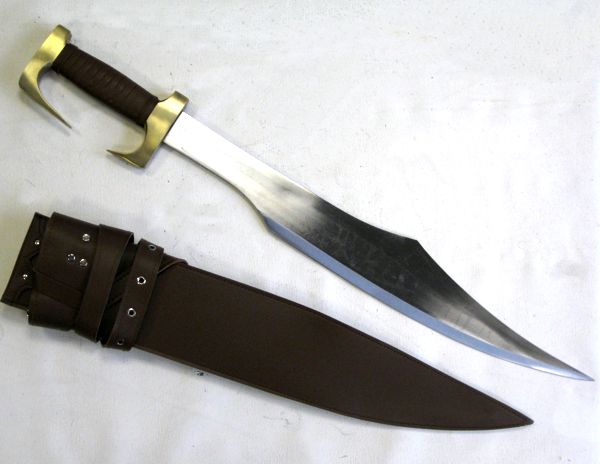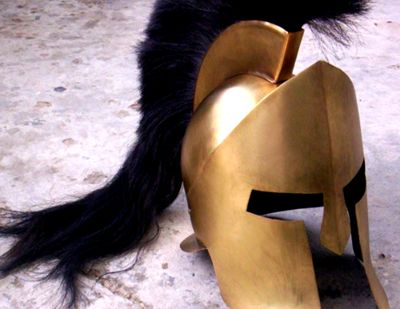Leonidas
Leonidas (540 BC – 480 BC) was a king of the Greek city-state of Sparta. He led theSpartan forces during the Second Persian War, and is remembered for his heroic death at the Battle of Thermopylae. He is resembled in many greek statues.
Early years
Leonidas’ father was the Spartan king Anaxandrides. As Leonidas had two older brothers it seemed unlikely he would represent the royal House of Agiad and become one of the two Spartan kings.
However, he did just that following the death of Doreius on campaign in Sicily and the mysterious suicide (put down to bad drinking habits) of his half brother Cleomenes, who left no heir.
Leonidas was married to Gorgo, Cleomene’s daughter, and the death of her father meant Leonidas became king,
sometime around 490 BC.
Leonidas’ father was the Spartan king Anaxandrides. As Leonidas had two older brothers it seemed unlikely he would represent the royal House of Agiad and become one of the two Spartan kings.
However, he did just that following the death of Doreius on campaign in Sicily and the mysterious suicide (put down to bad drinking habits) of
his half brother Cleomenes, who left no heir.
Leonidas was married to Gorgo, Cleomene’s daughter, and the death of her father meant Leonidas became king,
sometime around 490 BC.
Thermopylae
Leonidas would have been in his sixties by the time of Thermopylae and undoubtedly an experienced military commander.
Following Xerxes’ proposed land invasion of mainland Greece in 480 BC Leonidas was selected to lead a small contingent of Spartan hoplites – some 300 hand-picked men with male heirs – to defend the pass of Thermopylae and hold the invading force until more troops could be mustered.
The 300 Spartans were joined by troops form various other city-states to make up a force of up to 7,000 men, woefully inadequate to halt Xerxes’ army of 80,000.
Thermopylae, 150 km north of Athens, was an excellent choice as the point to defend Greece, as there mountains rolled down into the sea leaving only a narrow pass along the coast.
Nevertheless, Xerxes was so confident of success that he sent a messenger to Leonidas to ask for the Greeks to surrender and lay down their arms. ‘
The Spartan king’s laconic reply was ‘molon lave’ – come and get them.With Leonidas leading from the front and the hoplites fighting in their tight phalanx formation, they took full advantage of their superior armour and weapons and managed to hold the vast Persian army for two days.
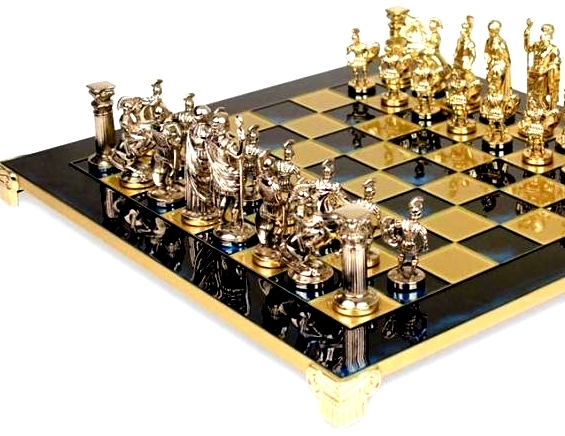
Leonidas as King
However, betrayed by a local shepherd who told the Persians of a mountain path which would allow them to get behind the Greek lines, things looked grim for the defenders. Leonidas ordered the bulk of his force to withdraw and kept with him only the Spartans,
Thespians, and Thebans in order to make a last stand and provide a rear-guard action.Of the small Greek force, attacked from both sides, all were killed except for the Thebans, who surrendered.
Leonidaswas killed, but the Spartans retrieved his body and protected it. He was one of the most famous greek heroes. Herodotus says that Xerxes’ orders were to have Leonidas’ head cut off and put on a stake and his body crucified. This was considered sacrilegious.
Legacy
Leonidas’ son Pleistarchus became king on his father’s death but due to his young age Pausanius acted as regent.
The Greeks, within a year, gained revenge for Thermopylae with victories at Salamis and Plataea; the latter even led by Pausanius, nephew of Leonidas.
Xerxes’ invasion was emphatically rebuffed and those who fell at Thermopylae were not forgotten. A monument was set up at the site with the words of Simonedes’ epitaph stating: ‘
Go tell the Spartans, stranger passing by, that here obedient to their laws we lie.’. A stone lion was also placed in memory of Leonidas and his men. Forty years after the battle the king’s remains were exhumed and returned to Sparta where they were
Find out more about the Greek Culture on the website of the greek art shop Hellenic Art!
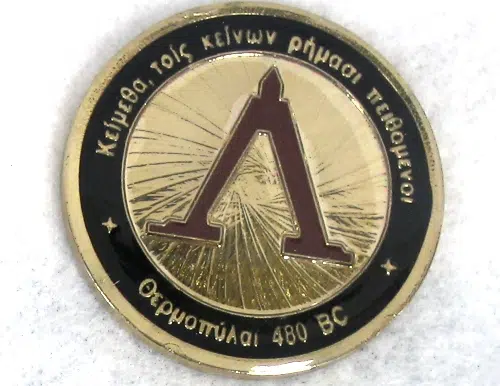
the battle of Thermopylae
Source: Ancient History Encyclopedia, Wikipedia

